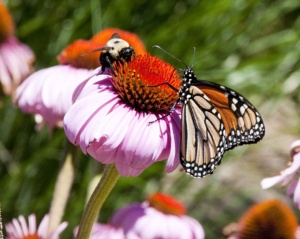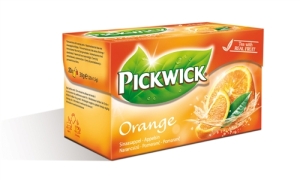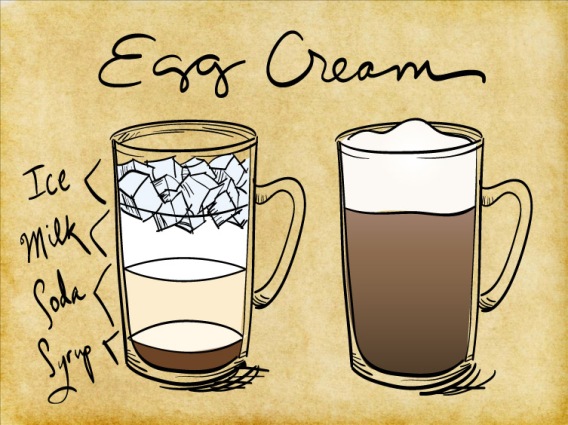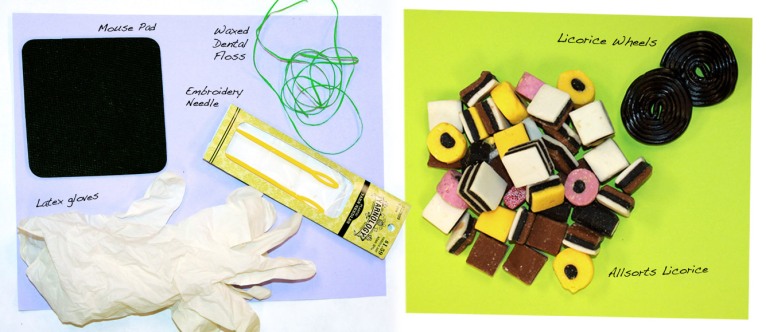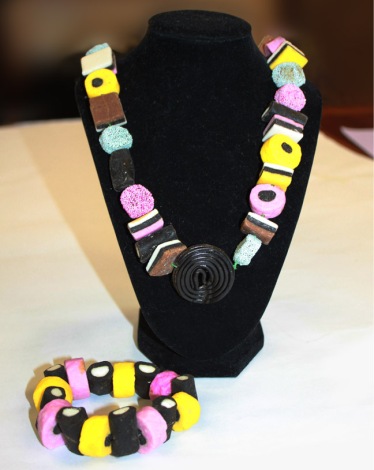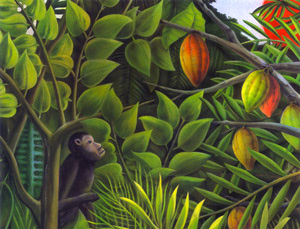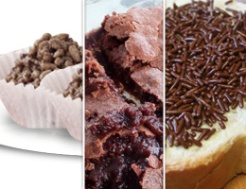
(L to R) Crackle, Kladdkaka, and Hagelslag
It occurs to us, at Chocolaterie Stam that, because we are of Dutch origin, we may enjoy common foods differently than our American friends do. Don’t get us wrong, we loooooove (six o’s!) a good American apple pie, yet shouldn’t we stop to consider how the rest of the world loves their chocolate?
The Aussies eat crackles, and the Swedes love their kladdkaka…
Aussie Crackle
Easy to make, the Australian crackle is often a sweet treat associated with children’s parties, along with “fairy bread”.
Ingredients:
- 2/3 cup confectioners’ sugar
- 3 tbsp. Chocolaterie Stam baking cocoa powder
- ¾ cup coconut oil (available at most gourmet and health food markets)
- ½ cup shredded, unsweetened coconut
- ½ tsp. salt (optional)
- 2 cups rice crispies
Directions:
- Sift the cocoa and confectioners’ sugar into a bowl. Whisk together gently.
- To melt the coconut oil, immerse the jar in hot water for a few minutes. Measure out ¾ of a cup and whisk it into the cocoa and sugar until mixture is smooth.
- Whisk in the shredded coconut, salt and then the rice crispies.
- Spoon into cupcake holders and refrigerate.
Yields: 12 chocolate crackles
Swedish Kladdkaka
Known in Sweden as kladdkaka, or chocolate sticky cake, is another way that the world enjoys chocolate.
Ingredients:
- 2 eggs
- 1 1/3 cups sugar
- 1/2 cup cake or all-purpose flour
- 1/8 tsp. salt
- 1/2 cup melted butter
- 4 Tbsp. Chocolaterie Stam baking cocoa
- 1 Tbsp. vanilla sugar (or substitute 1 tsp. vanilla extract)
Preparation:
Preheat oven to 350º. Lightly butter a round 8” or 9” springform or cake pan.
Whisk together the eggs and sugar. Gradually mix in the flour and salt.
Stir cocoa and vanilla sugar (or vanilla extract) into melted butter until well-combined. Add cocoa-butter mixture to batter, stirring well until any lumps are removed.
Pour batter into prepared pan. Cook in 350º oven for 25 minutes. Check for doneness; the edges of the cake should be crisp but the center still moist and sticky (Tip: A good test is to insert a toothpick first into the cake’s edge: it should come out clean. Then, insert it into the center of the cake. It should come out smeared with gooey, melting chocolate). Do not overcook (but if you do, you’ll have stellar brownies as a compensation prize!).
Dust with powdered sugar and serve with whipped cream, if desired.
Yield: 6-8 servings, for people with restraint.
Dutch Hagelslag
The Dutch love their chocolate “hagelslag” or chocolate hail. No need to use a recipe, just put the purchased sprinkles on buttered bread and enjoy.
Is this the first you’ve heard of chocolate kladdkaka, crackle or hagelslag? What other international ways do you know of eating chocolate? Leave a comment and let us know.


